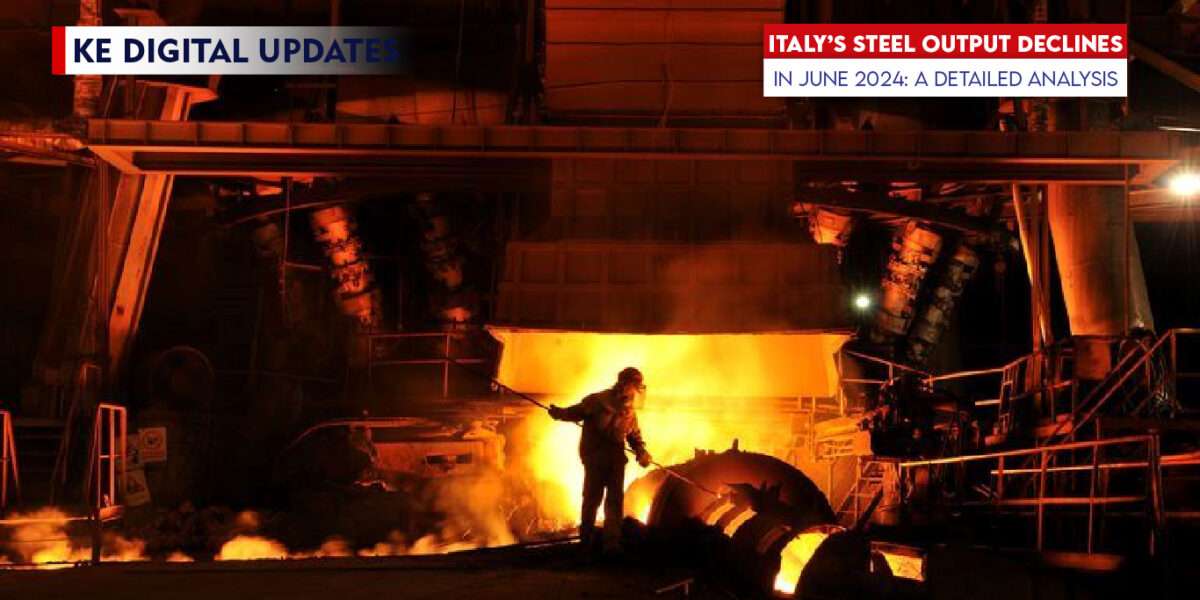Published on 22 July 2024
In June 2024, Italy’s steel industry faced a notable decline in production, with output dropping by 3.6% month-over-month (m/m). The total steel production for the month was recorded at 1.85 million tons, reflecting the challenges faced by Italian steel producers in maintaining their production levels.
Monthly and Yearly Comparisons
When compared to June 2023, the production of long products showed a mixed trend. While there was a 5.6% increase year-over-year (y/y), the month-over-month (m/m) figures painted a different picture, with a significant 8.3% decline, bringing the production down to 1.1 million tons. This fluctuation highlights the volatility in the market and the varying demand for different types of steel products.
Half-Year Performance
The first half of 2024 also saw a downturn in Italy’s steel production. From January to June, the total output was 10.84 million tons, marking a 5.2% decrease compared to the same period in 2023. This consistent decline over the months indicates ongoing challenges within the industry, possibly due to economic factors, supply chain disruptions, or shifts in market demand.
Broader European Context
Italy’s situation is reflective of a broader trend within the European Union (EU). In 2023, the overall steel production in the EU decreased by 7.4% year-over-year, totaling 126.3 million tons. This decline across the region suggests that the issues faced by Italian steelmakers are not isolated but part of a larger pattern affecting the European steel industry.
Implications and Future Outlook
The reduction in steel output has several implications for the Italian economy and the broader EU market. Lower production levels can impact employment, export revenues, and the overall economic health of the region. For stakeholders, including policymakers and industry leaders, understanding these trends is crucial for developing strategies to mitigate the impact and support the industry’s recovery.
As we move forward, it will be essential to monitor the factors contributing to these declines and explore potential solutions, such as technological advancements, policy interventions, and market diversification, to stabilize and eventually boost steel production in Italy and across the EU.


